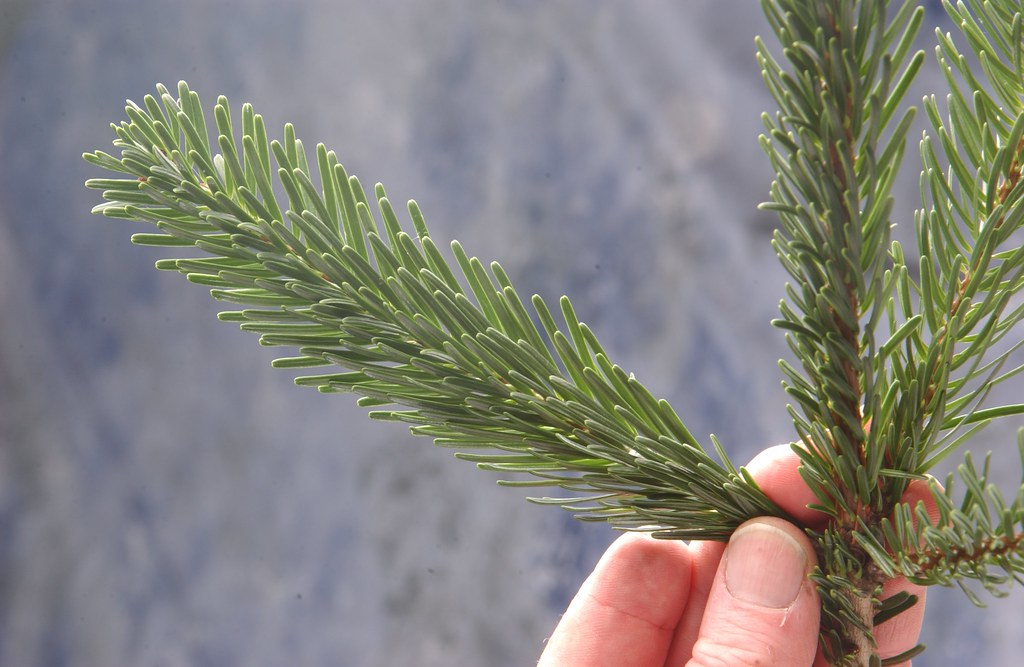
Biodiversity
Woodlands offer a unique and diverse habitat that thousands of species call home. Mammals, birds, invertebrates, plants, lichens, and fungi rely on a woodland’s diverse structure.
Creating more woodland helps up to restore and reconnect England’s wooded landscape. At just 10% of land area, England’s wooded area is 30% lower than that of the European average. Creating larger, wooded habitats will enable us to expand and join up vital wildlife corridors on a transformative scale – with each tree giving nature a fighting chance to recover.
- Native oak trees can support over 2,300 species – 326 of which are entirely dependent on oak for their survival
- Non-native conifers provide cover from the elements for larger mammals, whilst birds of prey and small birds, such as Crossbill, Tree creeper, Coal tit and Siskin may use them for nesting and cover during the winter months. They also support wider conservation efforts for Red squirrel and Pine marten by creating future habitat.
Woodland along rives and streams provide shade to keep rivers cool for fish and other aquatic life. The leaves, twigs and branches that fall in to the water are also beneficial for plants, invertebrates, and fish.
Image (CC BY-SA 2.0)
Archaeological Preservation
Through our surveys we have identified the true location of the Roman road known as ‘Dere Street’. It has been found to be 100m further south than originally mapped.
Our scheme will look to preserve this historic site from further damage by former land use practices and enhance its position in the landscape by recreating the line of the road through the careful use of open space and planting of tree species such as Sweet chestnut and Scots pine that once would have been present along its boundaries.
Carbon Capture
With the declaration of a climate emergency it is important we seek to capture carbon wherever we can. Trees remain one of the best ways to soak up and lock away carbon dioxide. A well planned commercial woodland can provide carbon capture on a scale that is not seen in native woodland. Data from the woodland carbon code shows that Sitka spruce is 2x as effective at carbon removals than pure native woodland. On top of this, 2 – 3 cycles of Sitka spruce may be harvested in a single cycle of native woodland, further compounding the carbon removal capability of the woodland.
Trees also sequester carbon in to the soils. Locking carbon in to the soil reduces its ability to contribute to climate change.

Air Quality
Trees and other vegetation can help improve air quality on local scale by forming a barrier between people and pollutants. They absorb harmful gases such as nitrogen oxide, ammonia, and sulphur dioxide. They also remove some tiny particulate pollution from the air by catching the tiny particles on their leaf surfaces. As well as reducing air pollution, trees take carbon dioxide from the air, helping in the fight to limit further climate change.
Health and Well-being
Scientific studies around the world have shown that forests can improve individual’s physical and mental health, as well as their social well-being.
Woodlands provide an opportunity to exercise in a calm and restful environment. Exercise in woodland has been shown to relieve physical symptoms such as high blood pressure and obesity, as well as mental symptoms of stress and depression.
Giving everyone in England access to quality green spaces like woodland could save the NHS £2.1 billion every year in treatment costs.
Image (CC BY-SA 2.0)
Flood Mitigation
Woodland creation is a form of natural flood management, this is where natural features and characteristics are used to slow down and store more floodwater within upstream catchments. There are several ways trees can reduce flood risk:
- First, trees generally evaporate more water than other types of vegetation, which can reduce the volume of floodwater draining from the land. More evaporation reduces the amount of storm rainfall reaching the woodland floor, and results in drier soils than can store more of this water below-ground.
- Second, soils under woodland tend to be better structured than under other land uses, enabling more storm rainfall to enter and pass through the soil rather than quickly run-off the surface. Woodland soils have 11 – 20 times greater permeability than pasture soil increasing the capability for stormwater to pass in to the soils.
- Third, trees, shrubs and deadwood, particularly along stream sides and within floodplains exert a greater drag on floodwaters when compared with grass – delaying flood flows.
- Finally, tree cover protects the soil, decreasing soil erosion and the delivery of sediment to watercourses which helps to reduce siltation and thereby increasing the capacity of main river channels to safely convey floodwater downstream.
Diversification of Local Businesses
The scheme at Greencroft Forest Park will look to use local skilled labour to deliver the project, keeping money in the local economy. Tree stock will be sourced from local markets such as Trees Please at Corbridge.
In 2021, the UK imported 81% of all its timber. As the forest grows, the productive species will be harvested to provide sustainable, UK grown, timber for the construction sector – helping to reduce our reliance on imported wood. By using timber in future buildings and furniture we can keep the sequestered carbon locked up for longer.
By-products from the harvesting of the trees may end up in local markets such as the new Sustainable Aviation Fuel plant planned for Teesside, or at the Egger chipboard plant in Hexham, helping to further support local employment and reduce the carbon footprint created by importing timber.


